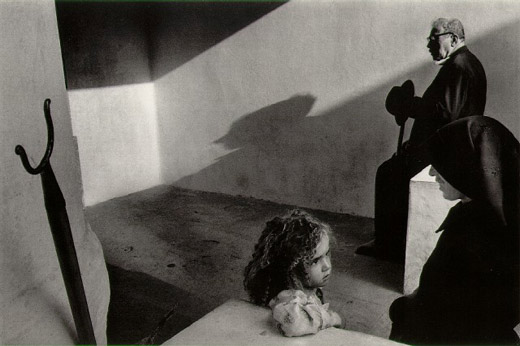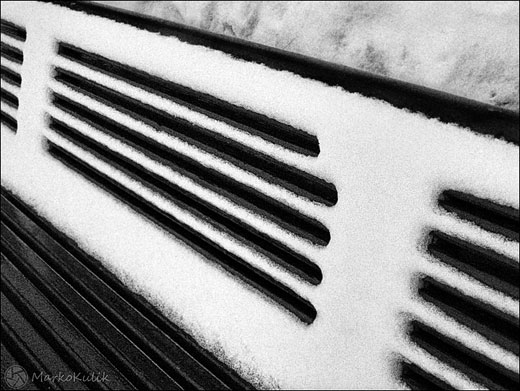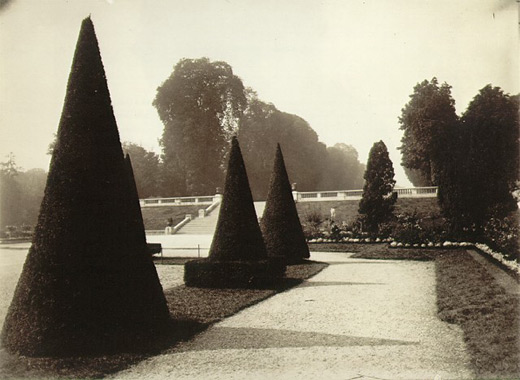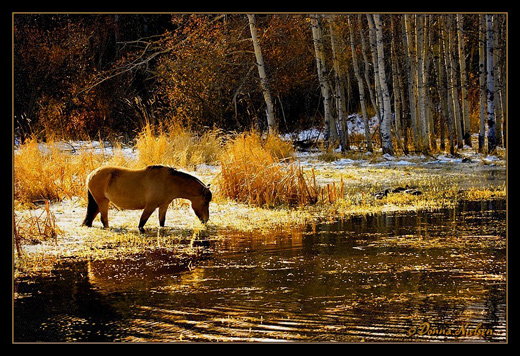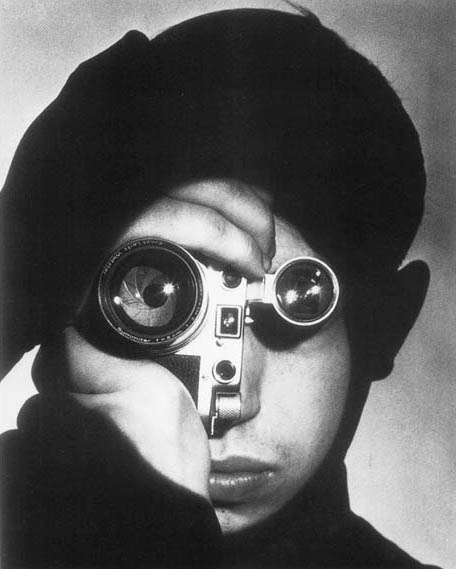Photography podcast #93 is based on a thread in our photography forum by member asnow where he asks about the qualities make a good black and white photo. A number of other forum members help answer the question and I offer up some personal opinions as well. One‚piece‚of good advice involves learning to see in black and white using a digital camera. Most digital cameras can capture the image in colour but SHOW it to you on your camera’s screen in black and white. This allows you to learn how coloured tones under a given light look in black and white. (Look up the word monochrome in your camera’s instruction manual for instructions on how to do this). Live view is also fantastic as it shows you how the scene will look in BW even before you click the shutter. (Many thanks to asnow, raven4ns, Wicked Dark and Andrew for their contributions to the thread and podcast.)
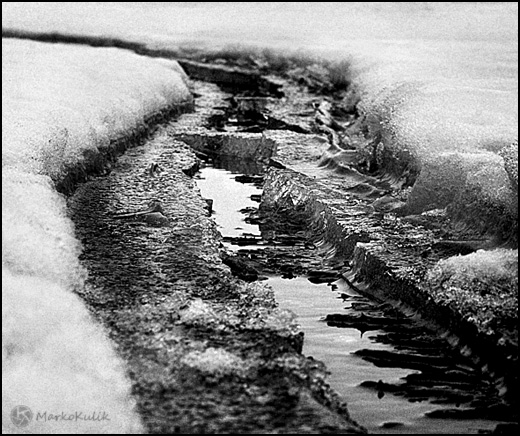
Snow Tracks — Marko Kulik
Links /resources mentioned in this podcast:
The Zone System — Wikipedia | The Zone system on Luminious landscape
Wicked Dark’s article Black and White 101
Emotion is the regular assignment this month on our photography forum
Backlighting is the level 2 assignment this month on our photography forum
If you are interested in writing for our blog please contact me photography.ca ( ‚ A ‚ T ‚) G m ail ‚Dot co m (using standard email formatting)
Please join the Photography.ca fan page on Facebook
If you liked this podcast and want to review it on Itunes, this link gets you to the main page
My Facebook profile — Feel free to “friend” me — please just mention Photography.ca
My Twitter page — I will follow you if you follow me — Let’s connect — PLEASE email me and tell me who you are in case I don’t reciprocate because I think you are a spammer.
If you are still lurking on our forum,
feel free to join our friendly ![]() ‚Photography forum
‚Photography forum
Thanks to kawarthabob, and kat‚who posted a blog comment about our last podcast. Thanks as always to everyone that sent comments by email about our last podcast. Although ALL comments are appreciated, commenting directly in this blog is preferred. Thanks as well to all the new members of the bulletin board. Most of the links to actual the products are affiliate links that help support this site. Thanks in advance if you purchase through those links.
If you are looking at this material on any other site except Photography.ca — Please hop on over to the‚Photography.ca blog and podcast and get this and other photography info directly from the source. |Subscribe with iTunes |Subscribe via RSS feed |Subscribe with Google Reader |Subscribe for free to the Photography podcast — Photography.ca and get all the posts/podcasts by Email
You can download this photography podcast directly by clicking the preceding link or listen to it almost immediately with the embedded player below.
Thanks for listening and keep on shooting!
Podcast: Play in new window | Download
![Rayography [Kiss] - Man Ray 1922 Rayography [Kiss] - Man Ray 1922](http://www.photography.ca/wp-content/uploads/2011/01/man-ray1.jpg)
